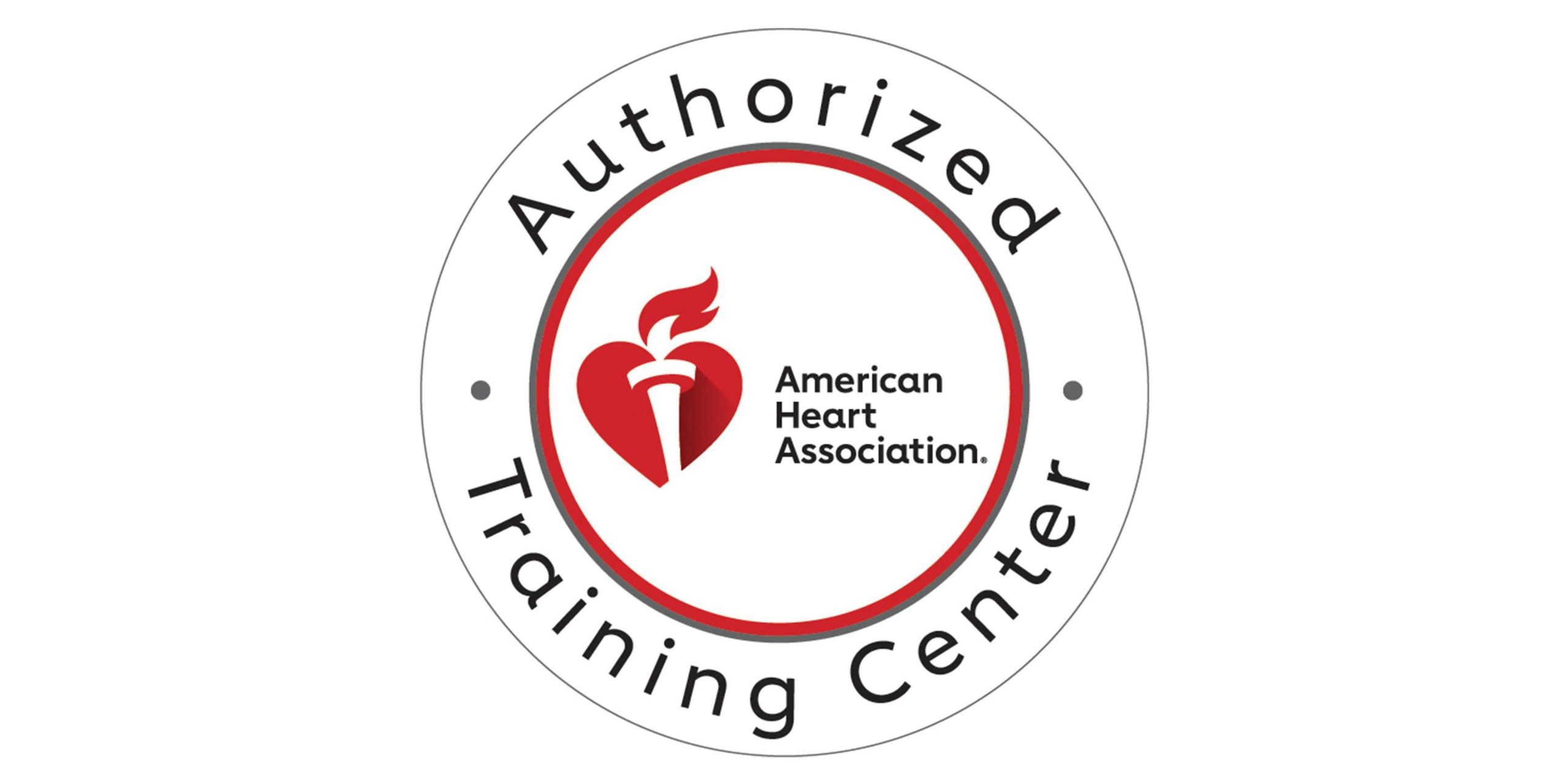
Simulation-based learning in nursing education is becoming increasingly common. Simulations of complex medical situations are used in this mode of instruction to provide students with practical experience. Simulation-Based Learning in Doctors has been demonstrated as an efficient method of boosting clinical competence and decision-making and, thus, patient safety.
This article will focus on how simulation-based learning can better educate medical professionals, physicians, and nurses.
Advantages of Using Simulation in Medical Education
The Use of simulation in nursing education has several positive effects.
- Simulation-based learning in education gives students a training environment close to actual life. Students can experiment in a simulated setting without endangering real people, maximizing their opportunity to learn from their failures. Better patient outcomes may result from this form of instruction since it boosts students’ self-assurance and skill.
- Due to virtual simulation in nursing education, decisions can be honed through practice in a range of settings. Prioritizing patient needs, making correct diagnoses rapidly, and handling unexpected situations are all skills they can acquire through certified healthcare simulation educators. Students can benefit from this instruction by improving their judgment in challenging situations.
- Patient Safety is Improved with the Use of simulation-based learning in medical education. These can better spot risks and errors when using simulations in their training. They will be able to hone the soft skills necessary for providing excellent patient care, such as listening and working together. Training of this sort can lessen the prevalence of medical mistakes and boost long-term health.
Future Use of Simulation in Nursing Education
Medical professionals such as doctors and nurses can benefit from simulation-based learning in several educational contexts. Some examples of how simulation-based education is used in different sectors are as follows:
- Simulation-based learning can facilitate training for medical operations such as intubation, central line placement, and chest tube insertion. Students can hone their skills before working on actual patients by completing these operations in a simulated setting.
- In emergency medicine, simulation-based learning has proven to be very effective. Emergencies, including cardiac arrest, trauma, and respiratory difficulty, can all be practiced. Simulation-based learning like this might give individuals the knowledge and self-assurance to perform admirably under extreme stress.
- Effective doctor and nurse communication is essential to providing quality patient care, and simulation-based learning can help medical professionals develop these skills. Students can hone their interpersonal and communication skills by simulating real-life settings where they must interact with patients and their loved ones.
- Simulation-based learning can be used to train medical professionals in the art of working together effectively to provide excellent patient care. Students can hone their collaborative skills in various contexts, including crisis management and surgical procedures. Training of this sort has been shown to boost team members’ ability to work together more effectively.
Barriers to Effective Simulation in Nursing
Despite its many advantages, virtual simulation nursing also presents some difficulties, such as:
- Availability:The high cost of developing and maintaining simulation technology may prevent its Use in some medical education contexts.
- Effort: Designing and implementing a learning simulation takes a lot of effort and money. Training sessions may go longer than expected, requiring students to take time away from their clinical duties.
Due to its reliance on technology, simulation-based education is not immune to glitches. Training sessions may be less productive as a result of these interruptions.
Wrapping Up
Using simulation-based learning, medical professionals can practice various clinical scenarios in a controlled and realistic setting. It can help with critical thinking, patient safety, and acquiring new expertise.
Medical procedures, emergency care, patient communication, and cooperation are some areas where simulation-based learning can be used in the classroom. The benefits of this method of education much exceed the difficulties that come with it. The quality of medical treatment offered to patients could be enhanced through simulation-based learning.



